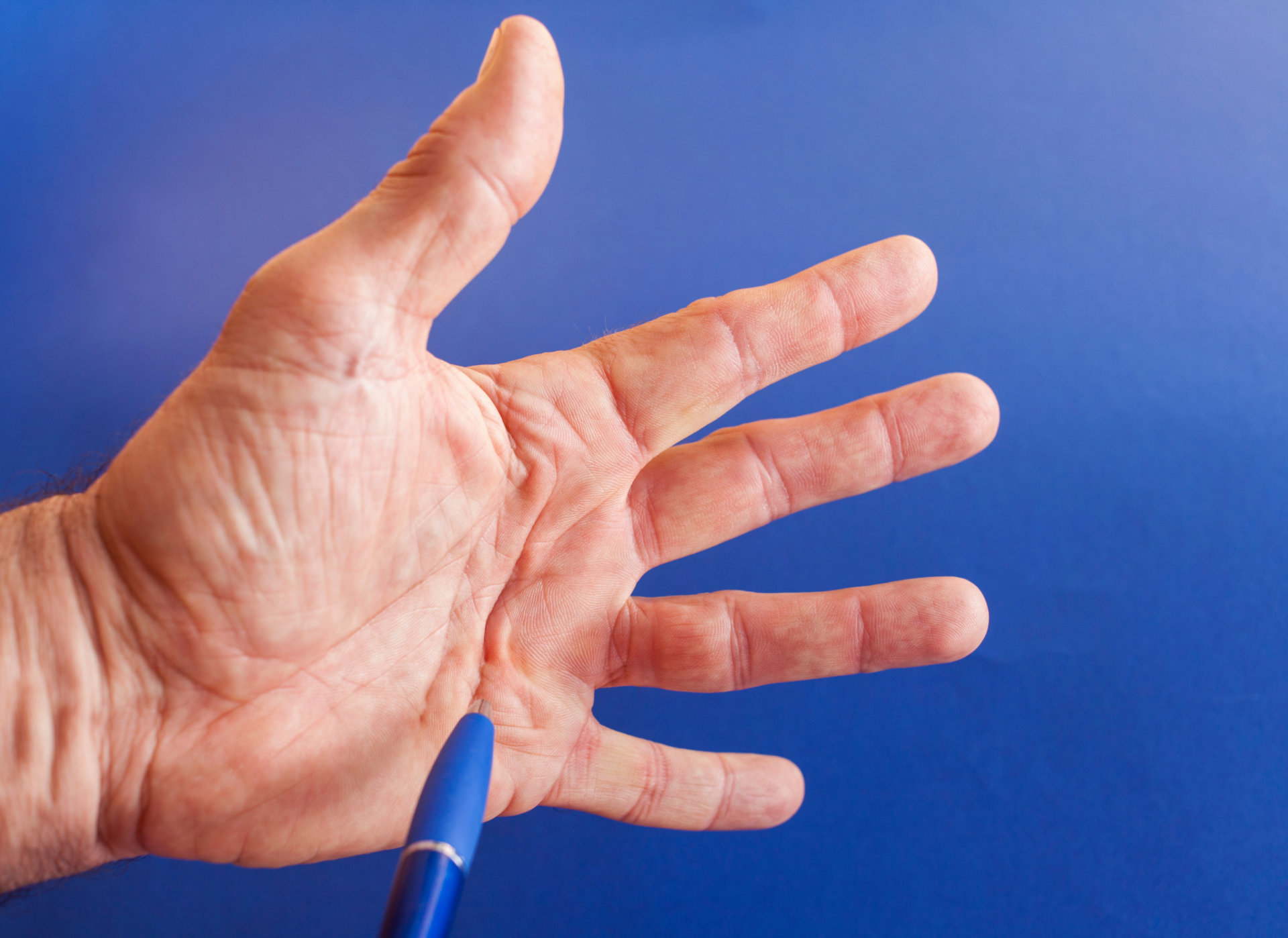
Dupuytren’s Disease is a condition that bends fingers and makes it hard to straighten. Simple tasks like holding a cup of coffee, driving, or even shaking hands can be difficult. If you’re living with Dupuytren’s Disease, you may wonder when it’s time to consider hand surgery. Understanding the progression of the disease, available treatments, and when surgery becomes necessary can help you regain the function of your hands.
When Should You Consider Surgery for Dupuytren’s Disease?
While Dupuytren’s Disease starts with small, painless lumps in the palm, it can progress to the point where it affects hand function. As the condition worsens, you might notice your fingers bending more and more, and over time, these fingers may become stuck in a bent position. Here are some signs and symptoms that determine when to consider surgery for Dupuytren’s Disease:
- Finger Contracture Worsens: One or more fingers are pulled toward the palm and cannot straighten, making daily activities difficult.
- Loss of Hand Function: Due to limited motion in the affected fingers, everyday tasks like gripping objects, typing, or shaking hands become challenging.
- Non-Surgical Treatments Fail: In some cases, less invasive options like collagenase injections or needling aren’t effective, leading to surgery.
Types of Dupuytren’s Disease Hand Surgery
If your condition has reached a point where hand surgery is the best option, several surgical procedures are available depending on the severity of your Dupuytren’s Disease.
- Fasciotomy: In this procedure, a surgeon cuts the thickened cords of tissue, pulling your fingers toward the palm. This relatively simple surgery aims to release the tension in the fingers, allowing them to straighten. It is often an outpatient procedure, meaning you can go home the same day.
- Fasciectomy: For more severe cases, a fasciectomy may be necessary. This involves removing the affected tissue from the palm to prevent the disease from progressing. A fasciectomy is more invasive than a fasciotomy and may require a longer recovery time, but it can offer more lasting relief from Dupuytren’s Disease.
- Dermofasciectomy: In rare cases where the disease is very advanced, a dermofasciectomy might be performed. This involves removing the affected fascia and some overlying skin, which is then replaced with a skin graft. This surgery offers the lowest chance of recurrence but has a longer recovery period.
Recovery After Dupuytren’s Disease Hand Surgery
The recovery process after Dupuytren’s Disease hand surgery can vary depending on the type of surgery performed. In general, patients can expect:
- Post-Surgical Care: You may need to wear a splint for several weeks after surgery to keep your fingers in the correct position while they heal.
- Physical Therapy: Hand therapy is often recommended to help restore strength and flexibility to your fingers. Regular exercises can help you regain full use of your hand.
- Full Recovery Timeline: Most patients see significant improvement in hand function within a few weeks to months after surgery. The exact timeline depends on the severity of the condition and the type of surgery performed.
While surgery can provide significant relief, it’s important to note that Dupuytren’s Disease can recur. In some cases, additional surgeries may be necessary if the disease returns or progresses. For more information on Dupuytren’s Disease, contact our team at Fort Worth.
Dupuytren’s Disease Treatment in Fort Worth, TX
If you’re experiencing symptoms of Dupuytren’s Disease and are wondering whether hand surgery in Fort Worth, TX, is right for you, contact New Leaf Plastic and Reconstructive Surgery and schedule a consultation with Dr. Lovelace. She will ask you about your signs and symptoms and use her expertise to help you recover from your condition.


